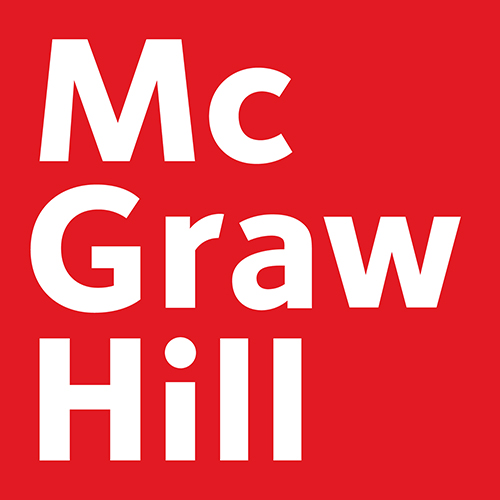Relationship Skills
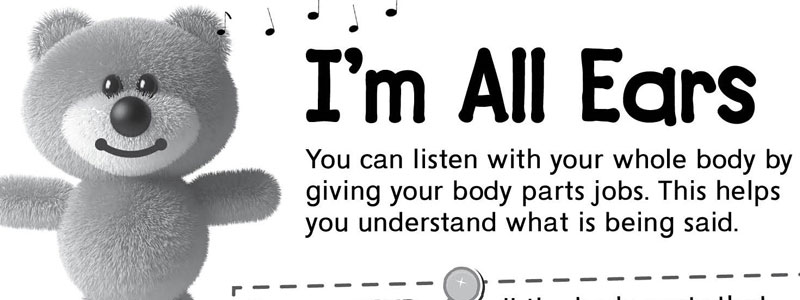
Find this activity in the student portfolio
Objective: Students will be able to use their whole body to listen actively.
Estimated Duration: 15 minutes
Description: When we ask students to listen or pay attention, what we’re asking them is to stop what they are doing and show us they are listening. We want them to use their whole body.
Before beginning this activity, ask students to share what parts of their body they can use to listen. Talk to them about using their eyes to look, ears to listen, a quiet mouth, legs folded and still, hands to self, brain to think, and a heart to care.
This activity will help students identify the parts of the body they can use to listen. They will find and color all the body parts that help them listen with their whole body.
Teachable Moments: There are many ways you can help students understand the messages their body language sends:
- Have students participate in Show and Tell. Ask the class to practice listening with their whole body to be respectful to the speaker.
- Use visual clues. Display a poster that reminds students how to listen with their whole body.
- Sing songs and read books about listening.
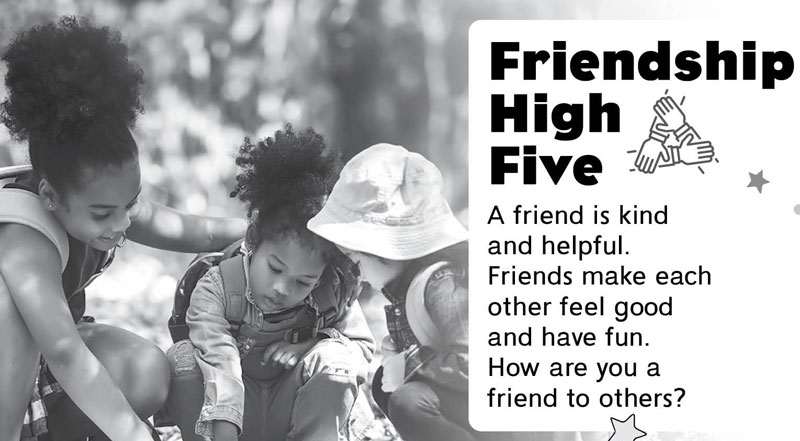
Find this activity in the student portfolio
Objective: Students will be able to understand what it means to be a good friend.
Estimated Duration: 15 minutes
Description: Friendships have an enormous impact on students' mental health and happiness. Teaching children what it means to be a good friend will help them to develop positive relationships with their peers. It’s important to help students realize that to have good friends, they must be a good friend.
Before beginning this activity, talk to students about what it means to be a good friend. Ask them to share the qualities they think are important for friends to have (e.g., good listening, sharing, taking turns, including others, etc.).
This activity will help students recognize how they are a friend to others. Students will choose a peer and write 5 ways they are a good friend to that person.
Teachable Moments: There are many ways you can help students to develop positive relationships with their peers:
- Teach students the golden rule.
- Talk about what a not-so-good friend is and does. Compare that to what a good friend is and does.
- Read books about friendship and talk about what the characters do to make them good friends.
- Give students tasks to complete together like a puzzle or scavenger hunt.
- Teach students how to reach out to ask to play or join in the group.
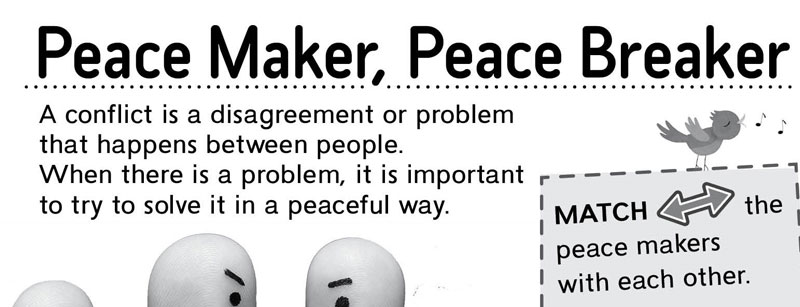
Find this activity in the student portfolio
Objective: Students will be able to identify ways to resolve conflicts constructively.
Estimated Duration: 15 minutes
Description: Conflict is a disagreement or problem that happens between two or more people. When there’s a problem, it’s important to address the problem in a peaceful way, understanding both sides of the situation.
Conflict resolution is an important skill to have, both in the classroom and in life. By helping your students practice healthy ways of solving social problems, you help them succeed in other areas of their education and life as well.
Before beginning this activity, ask students to think about a time they have had a disagreement or a problem with another person. Then, discuss the different ways they resolved the disagreement or problem.
Point out when a peaceful problem-solving method was used. Ask students what they think a peace breaker is and does. Compare those actions to a peace maker.
This activity will help students identify ways to resolve conflicts constructively by having them match peace makers and peace breakers actions.
Teachable Moments: There are many ways you can help students to identify ways to resolve conflicts constructively:
- Remind students that conflict affects more than one person. So, to resolve a problem, it is important to empathize with the other person’s feelings.
- Explain to students that they need to know how to take responsibility for their part in a conflict. Whether they caused the problem or intensified the situation, they need to be willing to do their part to make amends.
- Teach students how to talk about an issue when it arises. In order to resolve a conflict, students will need to use their words. Communication is vital to conflict resolution.
- Discuss different strategies students can use to solve a conflict independently.
- Read stories about conflict resolution with your class.
- Praise students when they resolve conflicts on their own.
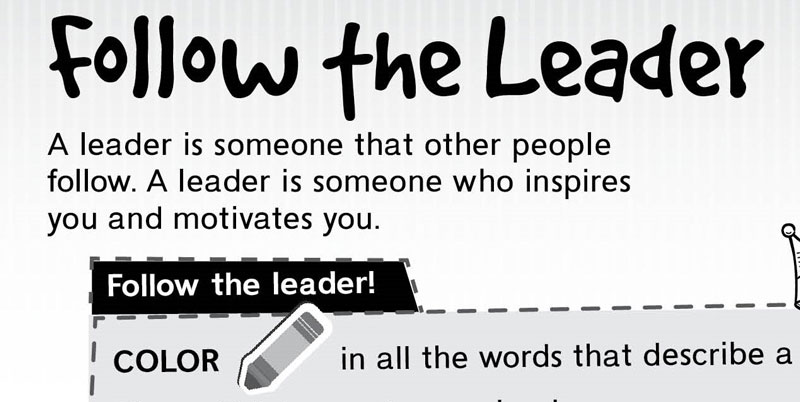
Find this activity in the student portfolio
Objective: Students will be able to recognize leadership skills.
Estimated Duration: 15 minutes
Description: Leadership is a skill that helps students learn to communicate, empathize with others, solve problems, and work in teams. Good and effective leadership is a skill that can be learned, practiced, and improved on. It is likely that at some point in their life, everyone will be called upon to lead in some way or another.
Before beginning this activity, ask students to remember a group they have been a part of, such as a soccer team or a club. Explain that usually, there is someone whom the others in the group will listen to and follow. That person is a leader. Have students name some traits that person displayed.
This activity helps students to think about what makes a good leader. It asks them to color in all the words that describe a leader.
Teachable Moments: To help students build their leadership skills:
- Demonstrate how you exhibit leadership skills. Explain what your leadership responsibilities are each day.
- Share good examples of leadership in your community and in the world around you. Discuss the leadership your principal must show. Look for other examples of leadership in coaches, parents, sports players, etc.
- Encourage team or group activities throughout your classroom. Assign students different leadership roles (e.g., talker, illustrator, recorder, etc.)
Foldable®: When Moments®
Estimated Duration: 25-30 minutes
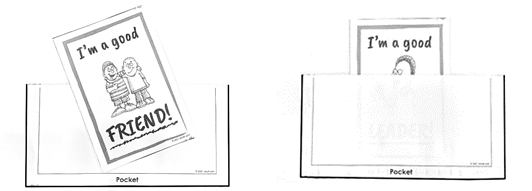
- Cut along the two solid black lines on the page.
- Make a booklet entitled "I’m a Good Friend" by folding along the dotted line in the middle of the foldable.
- Students draw examples of how they are a good friend inside and on the back of the Mini-Book. Over time, students can add ways in which they are a good friend.
- Glue three edges of the pocket to the gray space in the student book.
- Store the Mini-Book inside the pocket.
- Follow the same steps (1-5) above for the "I’m a Good Leader" Mini-Book.
Go to other SEL competencies in this book (Primary 1 - Grades PreK–K):
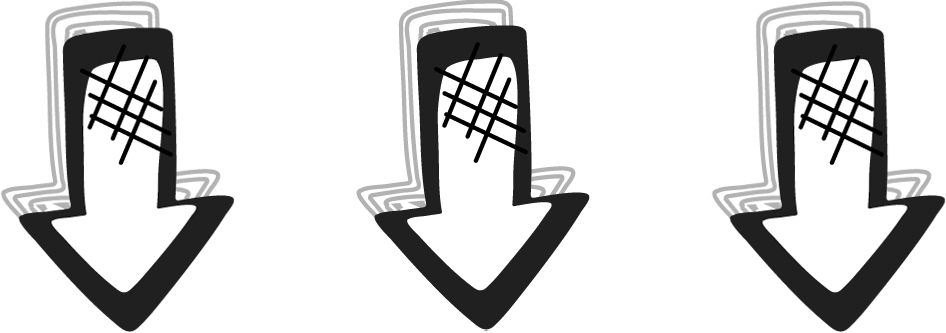
The teaching suggestions only work in accompaniment with the student portfolio, which has all the activity pages.
The teaching suggestions here are also available within a PDF of the entire teacher's manual.
